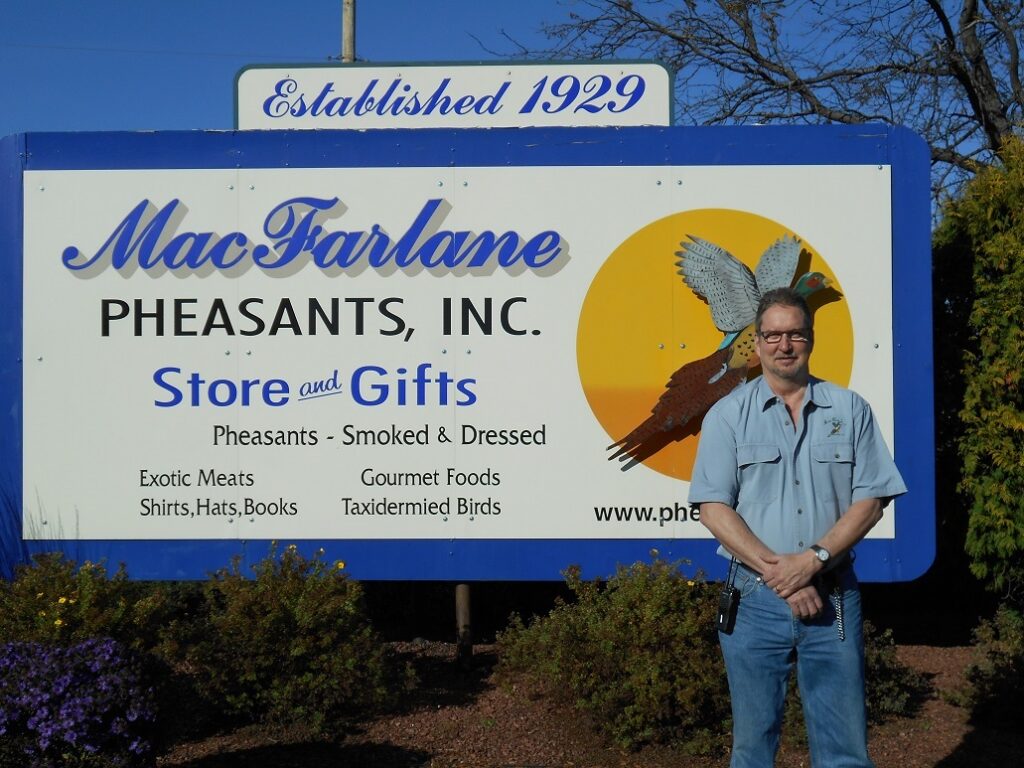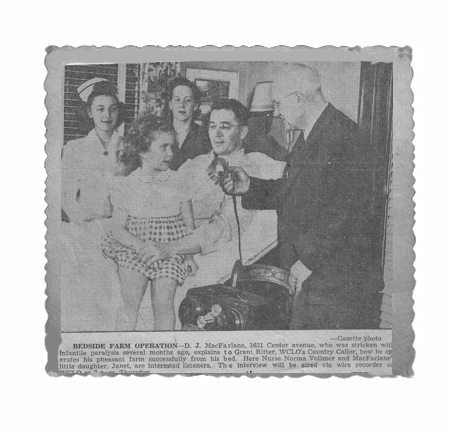Importance of Water Line Sanitation
Water is essential for life and is considered an essential nutrient. Death will occur quickly in both plants and animals when insufficient water is available. Good quality water will also give a better quality of life to both plants and animals so it is very important to make sure you are providing clean, good quality water to your birds. Having a good, cleaning program while the birds are in the barn drinking out of the system is just as important as shocking your water lines between flocks. After you shock your lines with a cleaner, double check that the cleaner is completely flushed out of the lines. This will insure that the first drink your birds drink is not a big dose of cleaner. If the birds drink the high dose of cleaner, it could cause the birds to go off water because of the taste or potentially kill the birds from a toxic dose of cleaner.
Water lines that are not properly cared for can form a buildup of bio-film which can harbor bacteria and viruses inside the water lines. Salmonella and E. coli can both be found living within some bio-films. If a water line has even one E. coli organism, it can multiply into 24 trillion organisms in 24 hours at a temperature of 90⁰! Without a proper cleaning program, the birds will continue to drink from the contaminated lines, and eventually their immune systems cannot keep up fighting off the challenge. Bio-film can continue to buildup and eventually slow the water flow enough that it cannot keep up with the birds demand, or it can even clog the water lines completely.
Chlorine is most frequently used to clean and sanitize water lines, but there are also some other options. Chlorine dioxide and hydrogen peroxide are also other options that can be used. When using chlorine, the end of the line should have 3-5ppm of free available chlorine. Chlorine dioxide should be less than 0.8ppm, and hydrogen peroxide should be 25-50ppm residual at the end of the line. If these levels are higher than the recommended, it can alter the taste of the water, and you run the risk of the birds not drinking due to the unpleasant taste. If the levels are lower than this, then bacteria and/or bio-film is still in the line that needs to be cleaned out. This can be done by adjusting the stock solutions until the levels are reached. Once the line is clean, the levels should still be checked periodically to make sure the proper dosage is kept.
The supplier that supplies you with your cleaning solution or even an Agricultural Extension Poultry Specialist can assist you in setting up a cleaning program. Working with someone who has knowledge in your area with the local ground water and with your operation can give the best advice and the most assistance.
When providing good water for your birds just think about how you crave a tall glass of ice water after a long hot day of work. Now imagine your disappointment if the glass was dirty, and it altered the taste of what you were looking for. Would you keep drinking from that same glass or grab a clean one? Your birds do not have the option to grab another glass, as their caretaker you need to make sure you provide them with a clean source of water.
Related Posts
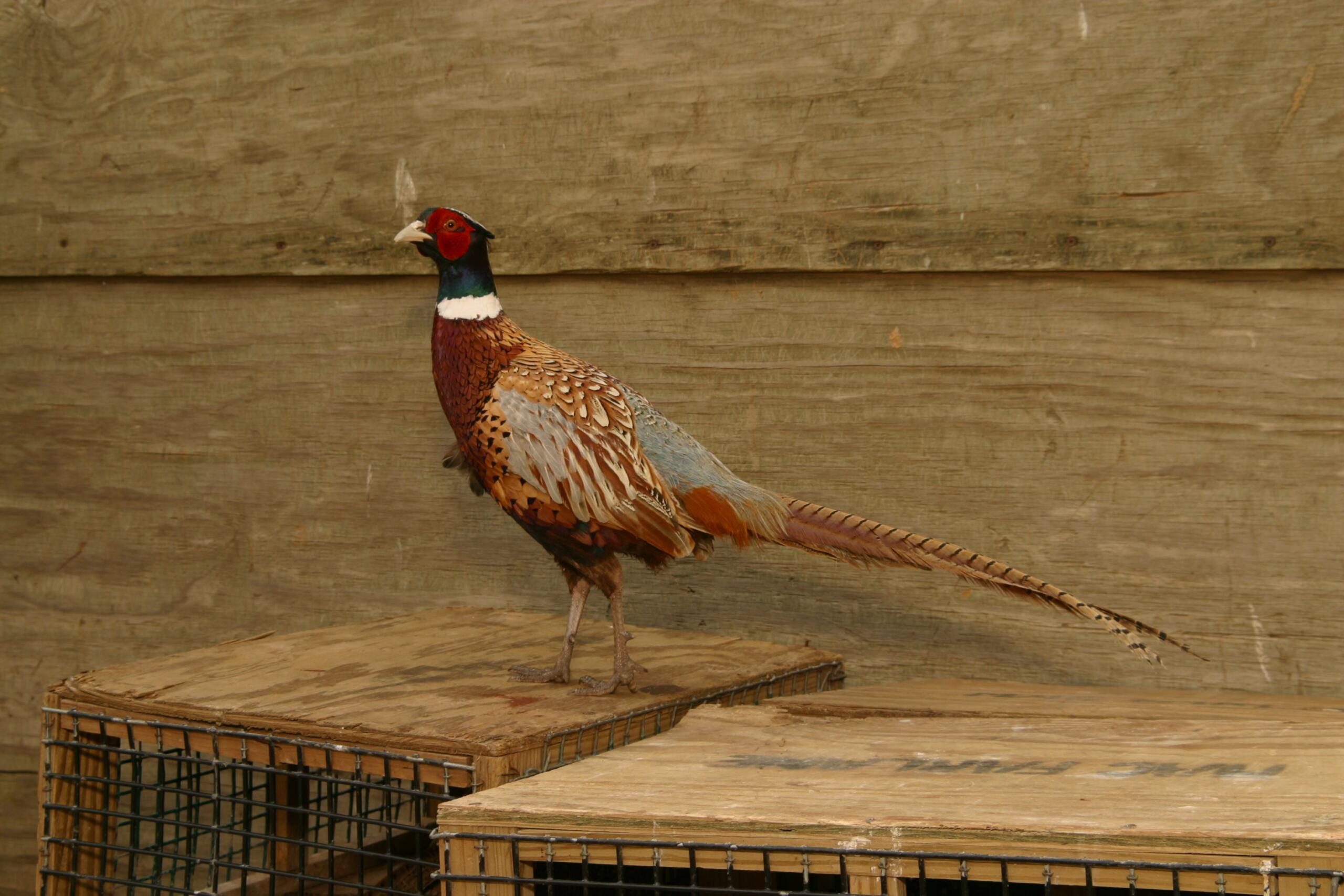
DuPont Financial Analysis Model
Read Post
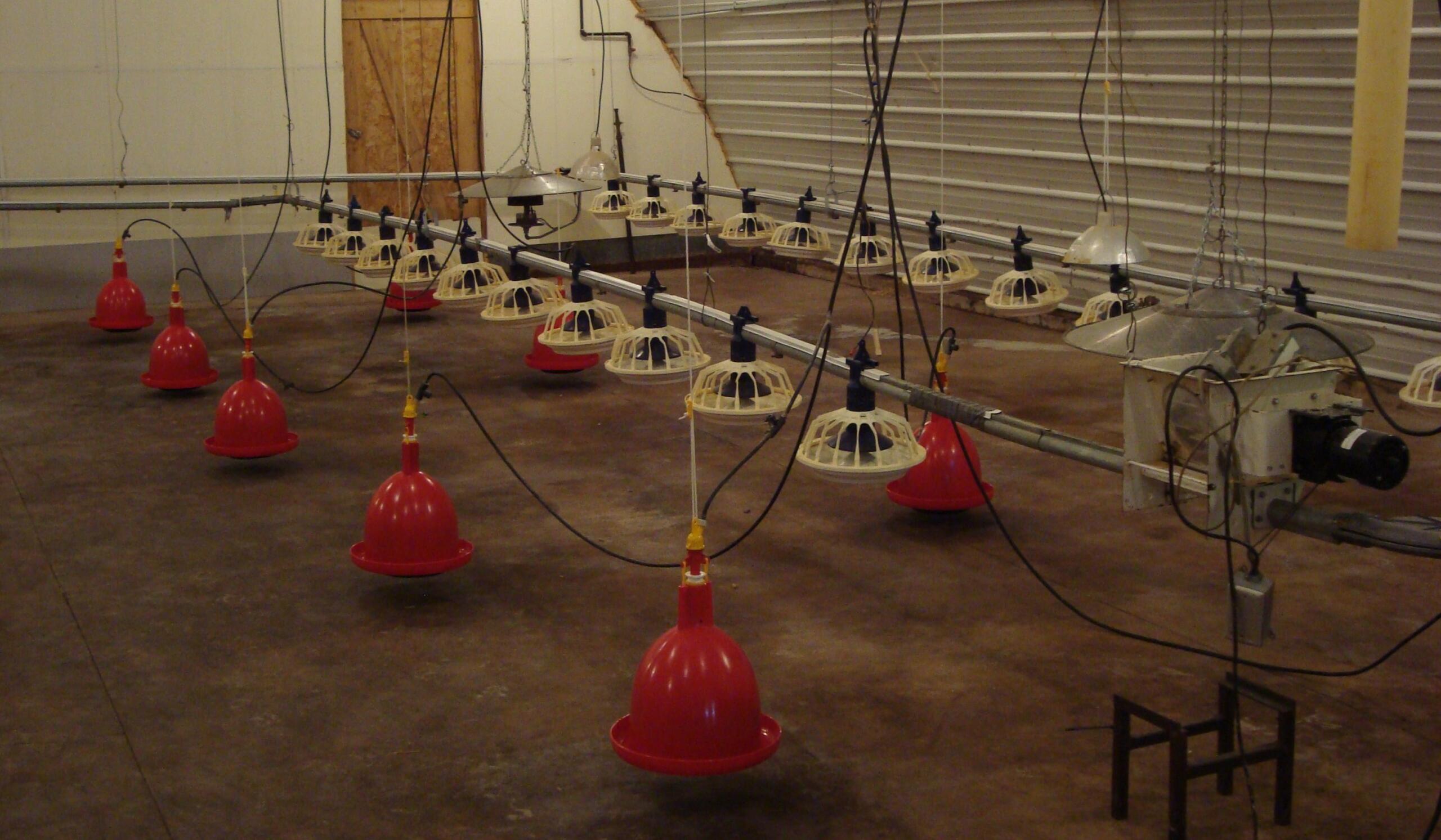
6 Feed and Water Procedures to Keep MacFarlane Pheasants Healthy
Read Post

Advice on what protein % feed to use for your pheasants.
Read Post

All Pheasant Feed Is Not Created Equal
Read Post
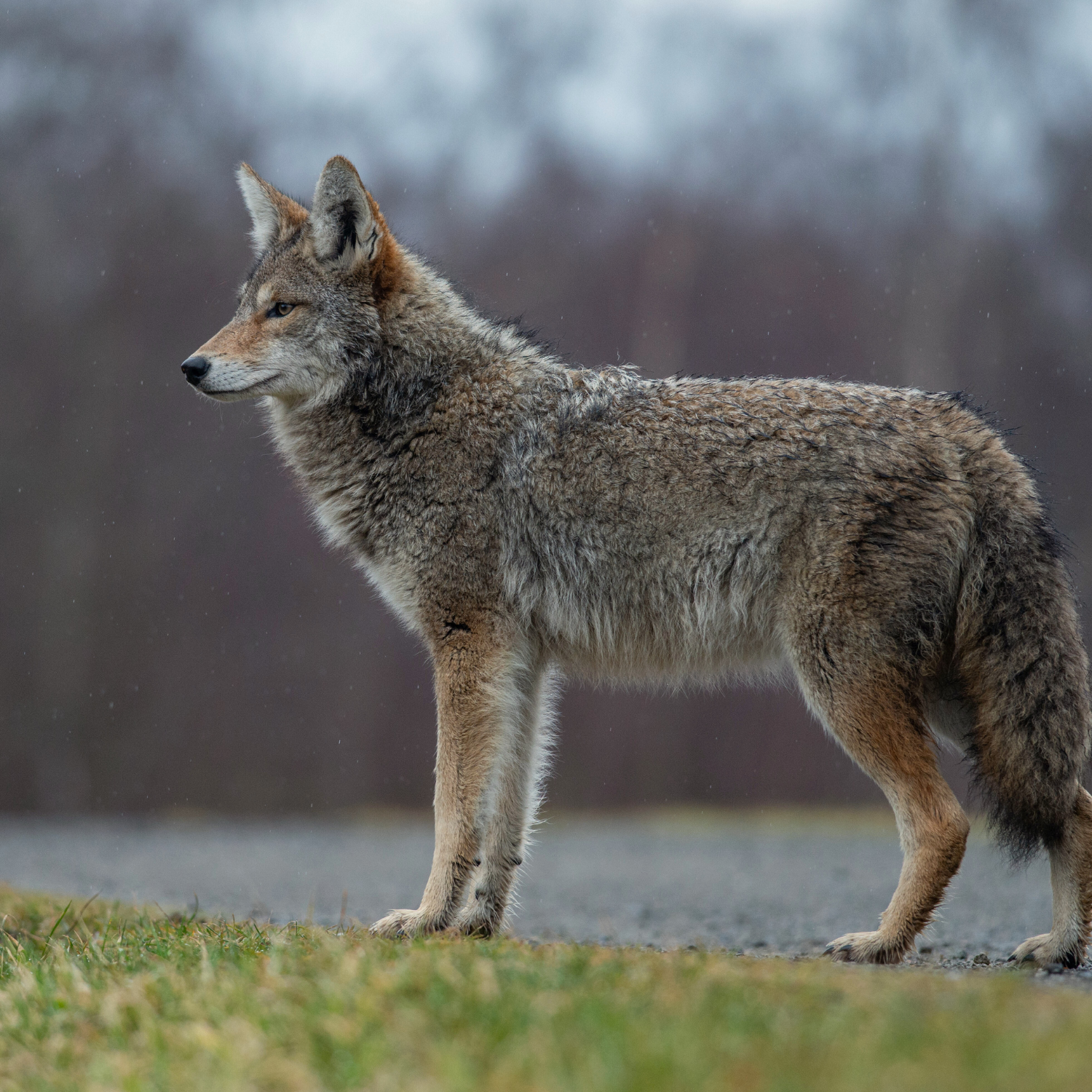
A Pheasant Farm’s Most Wanted List
Read Post

Bill MacFarlane Featured In Mother Earth News!
Read Post
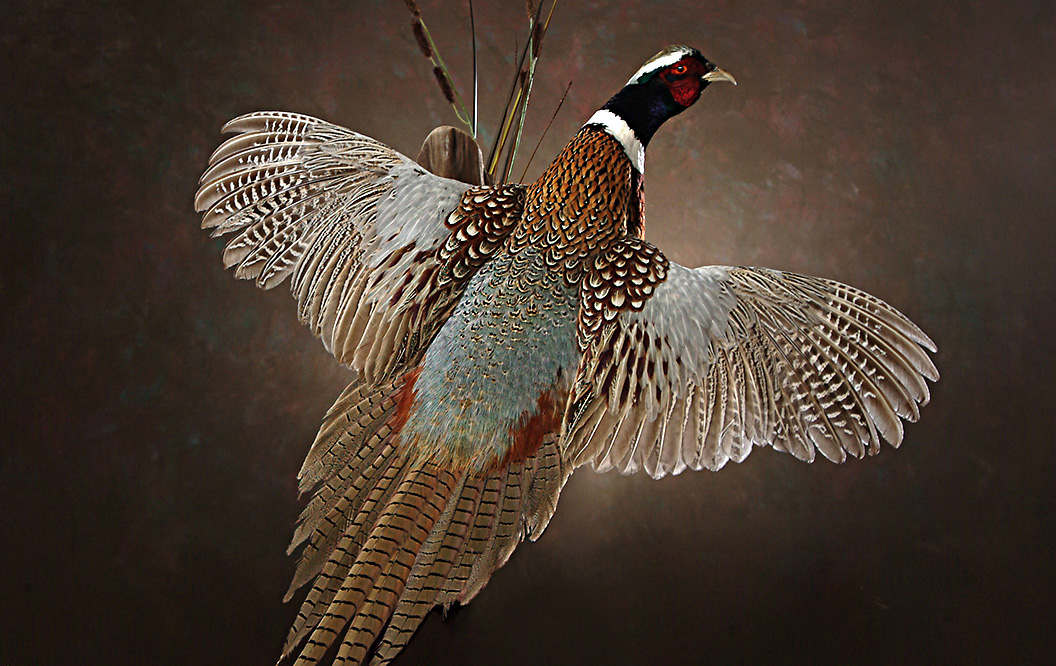
Birds For Mounting
Read Post
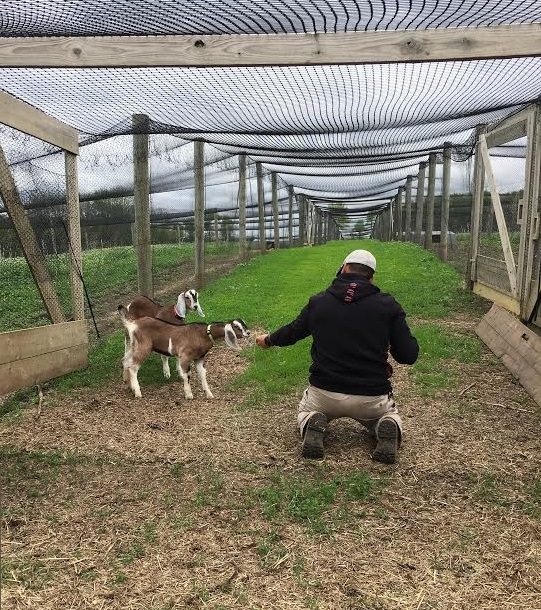
Can Goats Be Helpful on a Pheasant Farm?
Read Post
Take Advantage of These Free Resources
As the biggest game bird farm in the United States, we want to share our experience with you. Download our free resources below and get started.

